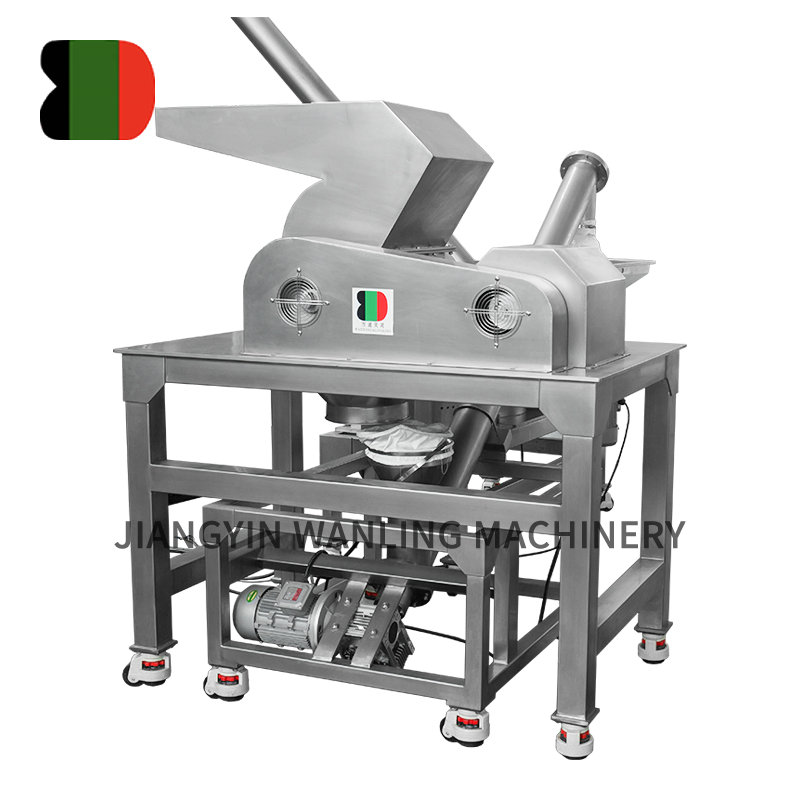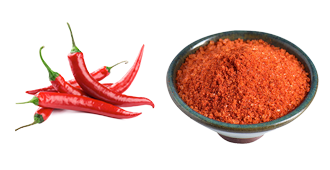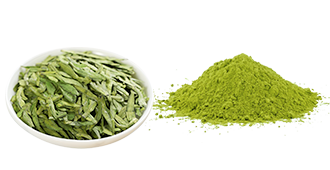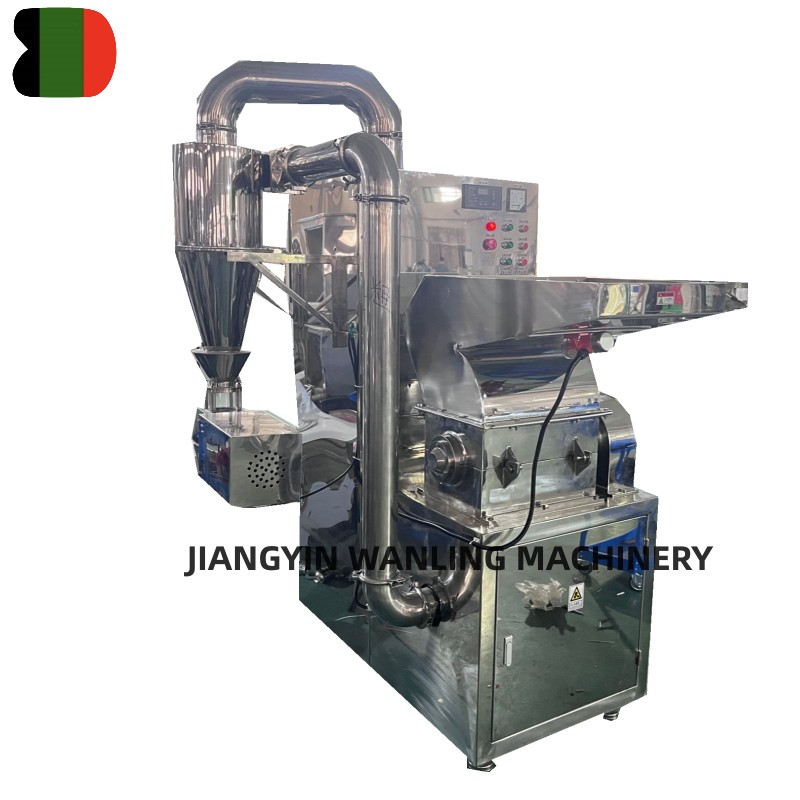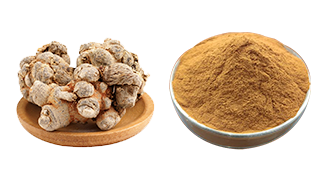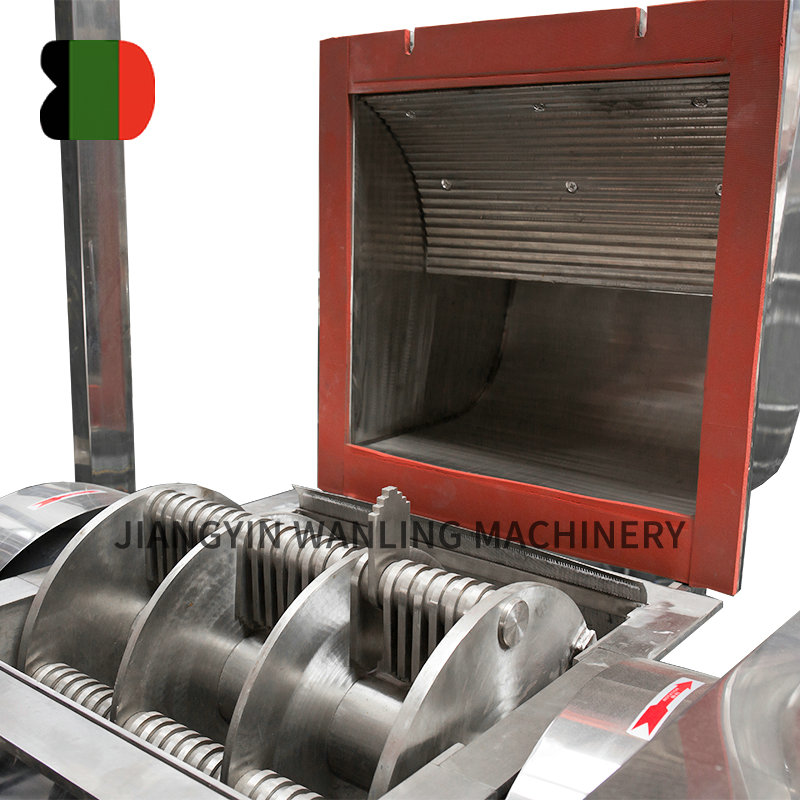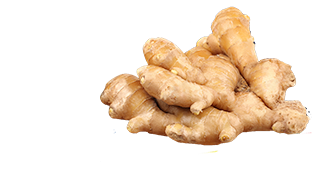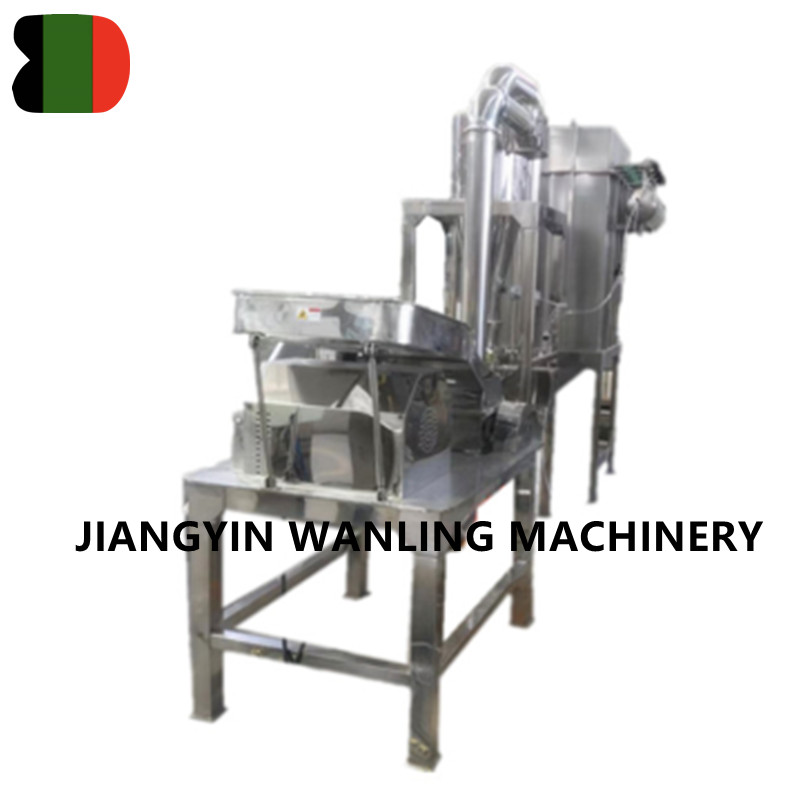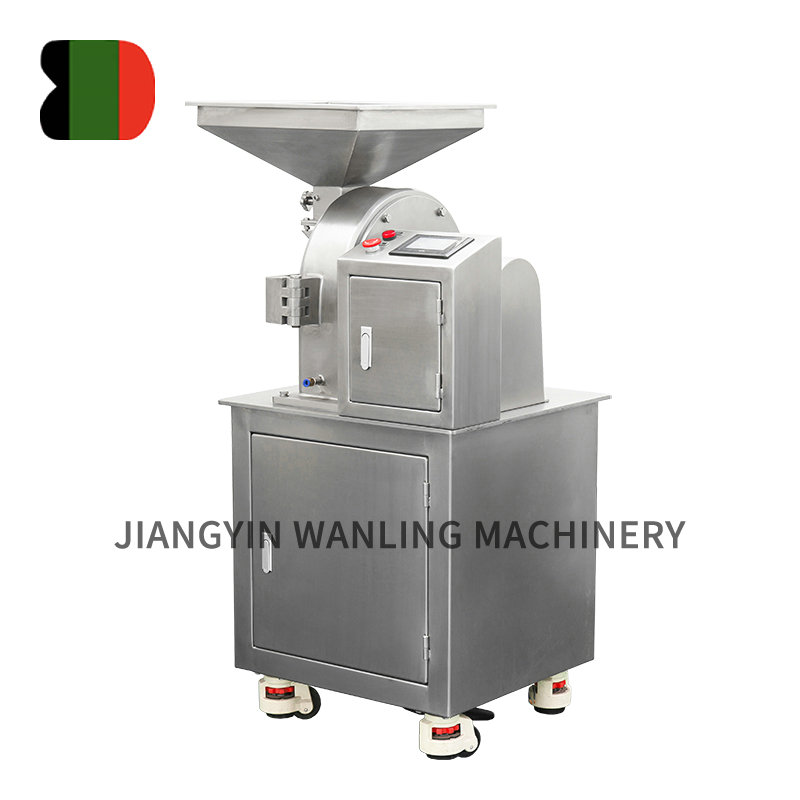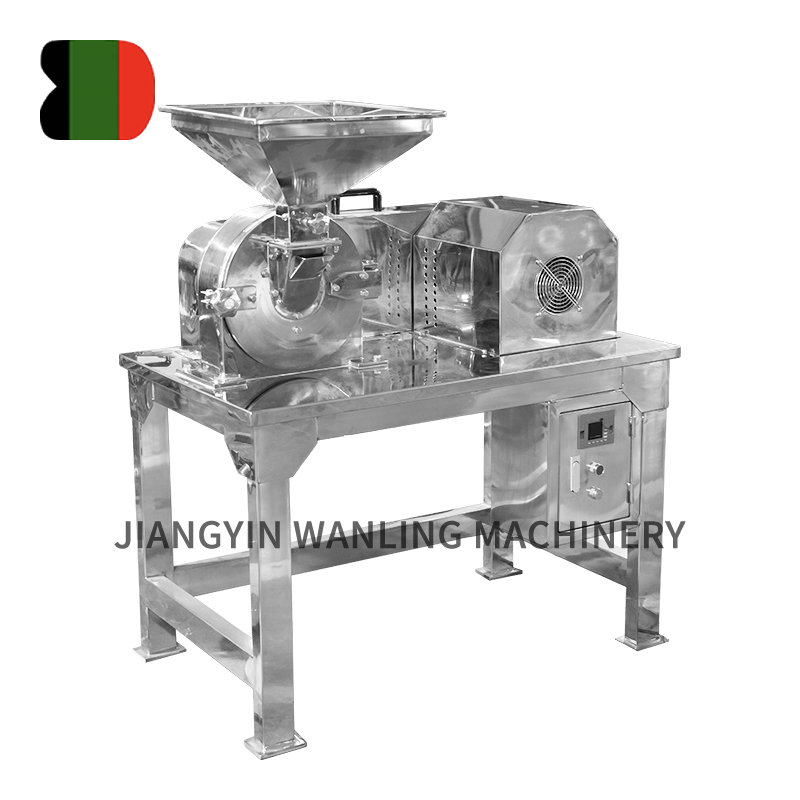An air classifier mill is a versatile and efficient tool used in various industries, including food processing, pharmaceuticals, and chemicals, to grind and classify materials into different particle sizes. It combines the functionality of a grinding mill with an air classifier to produce fine powders, making it essential in applications requiring precise particle size control. In this article, we’ll explore how an air classifier mill works, its components, and its key applications.
1. What Is an Air Classifier Mill?
An air classifier mill is a mechanical device that uses both mechanical impact and air flow to break down and classify materials into different sizes. The process is typically used to reduce the size of dry powders, grains, or other bulk materials. Unlike traditional mills, which rely solely on mechanical grinding forces, the air classifier mill uses air to separate fine particles from coarse ones, providing more control over the final product.
The air classifier mill consists of a grinding chamber, a rotating impact rotor, and an air classifier that separates the fine particles from the larger ones. It’s highly effective in applications where consistent particle size and low contamination are required.

2. Components of an Air Classifier Mill
An air classifier mill is made up of several key components that work together to achieve efficient grinding and classification:
a. Grinding Chamber
The grinding chamber is the heart of the air classifier mill, where the material is subjected to high-speed mechanical impact. The material enters the chamber through an inlet and is subjected to rotating blades or hammers that break it down into smaller particles. The design of the grinding chamber can vary depending on the application, but it typically has a cylindrical shape to help evenly distribute the material during processing.
b. Impact Rotor
The impact rotor, which is typically made of metal or ceramic, is the part of the mill that rotates at high speed and is responsible for crushing and grinding the material. It uses mechanical impact to break down the material into smaller pieces. The rotor is equipped with blades or hammers that create a shearing force, reducing the particle size.
c. Classifying Wheel
The classifying wheel is a critical component of the air classifier mill. It is positioned within the grinding chamber and uses centrifugal force to separate fine particles from coarse ones. The wheel’s speed can be adjusted to control the cut-off point, determining the particle size distribution of the final product. Fine particles are carried upward by the air stream and exit the mill, while larger particles are forced back into the grinding chamber for further reduction.
d. Airflow System
The airflow system is responsible for controlling the movement of air through the mill. Air enters through the inlet and is forced through the grinding chamber and the classifying wheel. The air helps convey the material through the mill and creates the centrifugal force needed to separate particles by size. The airflow is typically controlled by a fan or blower, allowing for precise regulation of particle size.
e. Discharge System
Once the material has been ground and classified, the fine particles exit the air classifier mill through the discharge system. The discharge can be designed to handle either dry powders or slurry, depending on the process requirements. A cyclone or filter can be used to capture fine particles and prevent dust from escaping into the environment.
3. How the Air Classifier Mill Works
The operation of an air classifier mill can be broken down into several stages, from material feeding to final product discharge:
a. Material Feeding
The material to be processed is fed into the grinding chamber through a hopper or inlet. The size of the inlet is typically adjustable to accommodate different material flow rates. Once inside, the material is subjected to high-speed mechanical impact by the rotor.
b. Grinding and Impact
As the rotor spins rapidly, it strikes the material with force, breaking it down into smaller particles. The mechanical impact creates shear and collision forces that reduce the particle size. The grinding action continues until the particles reach a size small enough to be classified by the air stream.
c. Classification by Airflow
The air stream created by the airflow system carries the smaller, fine particles upward through the classifying wheel. The centrifugal force generated by the rotating wheel separates fine particles from larger ones. Fine particles are lifted and exit through the mill’s discharge system, while coarse particles are forced back into the grinding chamber for further reduction.
d. Product Discharge
The fine particles are then discharged through the mill’s outlet, where they are collected or conveyed for further processing. The final product can be collected using various methods, such as cyclones, bag filters, or air separators, to prevent contamination and ensure the purity of the material.
4. Advantages of Using an Air Classifier Mill
Air classifier mills offer several advantages over traditional grinding mills:
Precise Particle Size Control: The air classifier mill provides better control over the final particle size by adjusting the speed of the classifying wheel and airflow. This allows manufacturers to produce materials with a narrow particle size distribution, which is essential in many applications.
Reduced Contamination: Because the air classifier mill uses air for separation, it minimizes the risk of cross-contamination that can occur when using traditional mills with different grinding media. This is particularly important in industries like pharmaceuticals, where purity is critical.
Versatility: Air classifier mills can process a wide range of materials, including hard, soft, and brittle substances. They are also effective at grinding materials with different moisture levels.
Energy Efficiency: The combination of mechanical impact and airflow can be more energy-efficient than traditional grinding methods, especially for fine grinding applications. The air classifier mill reduces the need for additional sieving or air separation equipment.
5. Applications of Air Classifier Mills
Air classifier mills are used in a variety of industries for grinding and classifying materials. Some of the common applications include:
Pharmaceuticals: Air classifier mills are ideal for processing active pharmaceutical ingredients (APIs) and excipients to precise particle sizes, ensuring uniformity and consistency in drug formulations.
Food Processing: Air classifier mills are used to grind and classify food ingredients, such as spices, sugar, and flour, to create fine powders that are essential for food production.
Chemicals: Many chemical industries use air classifier mills to produce fine powders for coatings, pigments, and other materials. The mill’s ability to control particle size is essential in these applications for improving performance and product quality.
Plastics and Polymers: Air classifier mills are used in the plastics industry to grind and classify plastic powders and resins to specific sizes for use in various products, from automotive parts to packaging materials.
Minerals and Metals: In the mining and metallurgy industries, air classifier mills are used to grind ores and minerals to the required fine size for further processing.
6. Conclusion
An air classifier mill is a highly effective tool for grinding and classifying materials to achieve precise particle sizes. By combining mechanical impact with air classification, this mill offers superior control over particle size, improved product purity, and energy efficiency. Whether you’re in the food, pharmaceutical, chemical, or manufacturing industries, understanding how an air classifier mill works is key to optimizing your production process and achieving high-quality results.



 Español
Español